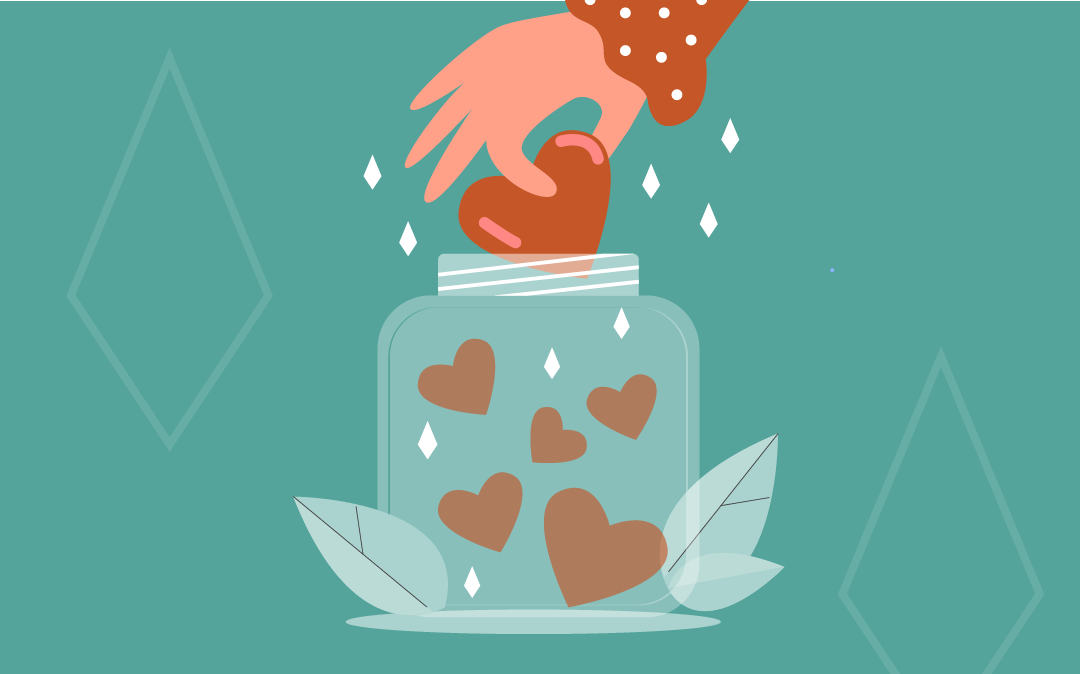Home / Health & Wellness Articles / Children & Teens /
Sexual orientation and being an LGBTQIA+ Ally
June is Pride Month, and what better time to answer some common sexual orientation questions and share how you can be an LGBTQIA+ ally?
What is sexual orientation?
Everyone has a sexual orientation. Your sexual orientation influences who you’re attracted to romantically and sexually.
Some people know their sexual orientation from an early age, while others discover it when they’re older. This is completely normal!
Different types of sexual orientations
There are many ways to describe sexual orientation.
- Heterosexual (or straight) refers to someone who is attracted to people of a different gender.
- Homosexual (or gay) refers to a person who is attracted to people of the same sex or gender.
- Lesbian refers to a person who identifies as a woman who is sexually attracted to other women.
- Bisexual refers to a person who is attracted to people of the same and opposite sex or gender as themselves.
- Pansexual refers to someone who is attracted to people of any sex, gender or gender identity.
- Asexual refers to a person who isn’t sexually or romantically attracted to anyone or has a low interest in sexual activity.
- Questioning is the process of exploring your gender identity, gender expression and/or sexual orientation.
- Queer is an umbrella term for sexual and gender minorities. Typically, people who identify as queer do not consider themselves heterosexual or part of the gender binary.
- No labels: Some people prefer not to use any sexual orientation labels. There’s no pressure to choose a certain identity or behave in a certain way.
Only you can define your sexual orientation and you don’t have to tell anyone if you don’t want to. You may also describe your sexual orientation differently at various times in your life.
What is gender?
Your gender identity is how you see yourself and your personal experience of your gender. Gender expression is how you communicate your gender to others, such as your clothes, makeup or haircut.
Assigned sex refers to the sex organs, chromosomes and hormones that define people as female, male or intersex.
Here are some ways people describe their gender and gender identity:
- Cisgender refers to someone whose gender identity conforms to the gender that corresponds to their assigned sex.
- Genderqueer/gender non-conforming refers to someone whose gender identity doesn’t conform to the conventional gender distinctions. This person may identify with both, neither or a combination of genders.
- Transgender refers to someone whose gender identity doesn’t correspond to the assigned sex they were born with.
- Nonbinary refers to the spectrum of gender identities that are not exclusively masculine or feminine.
What are pronouns?
People often use gender pronouns to describe their gender identity. Pronouns can include:
- She/her/hers (sometimes referred to as feminine pronouns)
- He/him/his (sometimes referred to as masculine pronouns)
- They/them/theirs (sometimes referred to as nonbinary pronouns)
- A whole host of other options, such as zee, zhe, xie, hir and yo
Some people prefer no pronouns at all and that others refer to them by their name.
Asking what pronoun a person prefers is a sign of love and respect. If you ever get someone’s pronoun wrong, simply apologize and do your best to learn their preferred pronouns moving forward.
What is an LGBTQIA+ ally?
An ally is someone who isn’t LGBTQIA+, but supports their LGBTQIA+ family and friends.
Here are some ways you can be an ally:
- Let your loved one know you’re there to listen if they want to talk.
- Stand up for them if they’re being bullied.
- Get involved with LGBTQIA+ organizations.
- Tell someone you’re uncomfortable if they say negative things about LGBTQIA+ people.
- Help your loved one find others they can relate to.
Who to talk to about your sexual orientation
When you’re a teen, it can be hard to navigate your changing body, relationships and emotions. That’s why it’s so important to have a trusted adult you can talk to about sex, sexual orientation, relationships and health. Check out these tips for communicating with adults.
If you need support, The Trevor Project has a crisis line for LGBTQIA+ youth. Call 1-866-488-7386, use TrevorChat to instant message with a counselor or use TrevorText by texting START to 678678. You can also contact Centerstone’s crisis line:
- Florida: 941-782-4617
- Illinois: 855-608-3560
- Indiana: 800-832-5442
- Tennessee: 800-681-7444
- Military Services: 866-781-8010
Need more info? Connect with an Expert.
Sources:
AMAZE.org: What is Sexual Orientation? LGBTQ+
AMAZE.org: Sexual Orientation, Behavior and Identity
AMAZE.org: How To Be A LGBTQIA+ Ally


